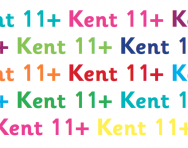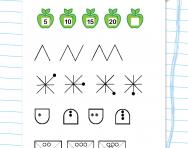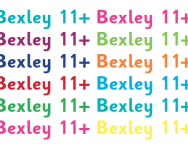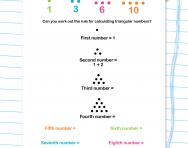How to succeed in the Kent 11+

If you live in Kent, chances are you’ll be considering a grammar school for your child when the time comes: the county is the largest grammar school area in the UK, with 35 selective schools to choose from. If your child takes the 11+ test in Kent, they will sit the following papers:
- English and maths: one hour in two separate sections, each with a five-minute practice section
- Reasoning: divided into verbal reasoning (VR), spatial and non-verbal reasoning (NVR).
There is also a 40-minute writing task, with 10 minutes of planning time, which is only taken into account in the case of borderline students.
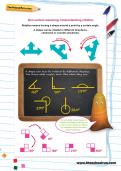
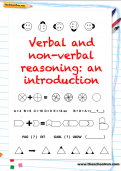
Prepare For The 11+ Exam
- Essential English and maths skills
- Verbal and non-verbal reasoning questions
- Reading comprehension & CLOZE tests
Tutor Anita Clemens helps around 300 children per year to earn a grammar school place. She shares her advice on getting through the test.
Maths
The maths component of the Kent test involves a combination of multiple choice arithmetic and problem-solving questions, mainly of a National Curriculum level 4 and 5 standard (the level expected of an average to top student in Year 6).
‘Because there are a number of arithmetic questions, it’s important to get your child’s mental maths skills up to scratch,’ says Anita. That means working on times tables, addition, subtraction and inverse operations so they can solve the problems quickly.
For the problem-solving questions, your child should write down their workings to ensure they follow every step properly. ‘Once they’ve got their answer, they need to check it, ideally by using a different method and seeing if they get the same solution,’ Anita says. Estimation also helps: ‘If your child comes up with a ballpark answer to start with, they’ll have a better idea of whether their worked answer is correct,’ Anita explains.
The maths paper is multiple choice, so if your child is struggling with a question, it’s always best to put something down. ‘However, they need to remember that all of the answers are likely to be plausible,’ says Anita. ‘If they really haven’t a clue, it’s better to guess than leave it blank, but if they think they know what they’re doing, they must work through the problem properly, rather than getting halfway through and then picking the answer that sounds right.’
English
The Kent English paper includes comprehension, spelling, grammar and punctuation questions. ‘This is a new paper and seems to cause children problems, as formal grammar hasn’t been taught in schools for many years,’ Anita says. ‘Even children who are very good at English tend to struggle, so practice and preparation are vital.’
For the comprehension task, it’s essential that your child reads through the passage carefully, and refers back to it for their answers. ‘There’s a tendency for children to think they can remember what the copy said, but they need to keep checking back for every answer,’ explains Anita.
It’s also important that your child is widely read. ‘This helps them develop skills such as reading between the lines, which will stand them in good stead in the English task,’ Anita adds.
Reasoning
This paper requires children to use logic, which, despite being an innate skill to some extent, can be improved with practice. ‘One key rule is to read the question properly – lots of children lose marks on questions that they could have answered, for example by providing one answer rather than the required two,’ says Anita.
Building speed and rhythm is another vital strategy. ‘With practice, children get into the swing of answering the questions, and learn how long they have to tackle each one,’ Anita explains. ‘They are then able to identify when they’re spending too long on a tricky question, and move on to the next one.’
Writing
According to Anita, it’s very rare that the writing task is used as a decider for grammar school entry. ‘However, children do still have to take the test, and it is taken into account in borderline cases,’ she says. ‘Children are given a choice of topics and writing styles, so they should read all of the options carefully and choose the one that they feel most confident with. They should use the planning time wisely to work through their ideas, aim to write around a side of A4, pay attention to their presentation, spelling, punctuation and grammar, and leave time to read through and correct their writing at the end.’

Give your child a headstart
- FREE articles & expert information
- FREE resources & activities
- FREE homework help
